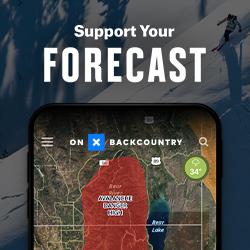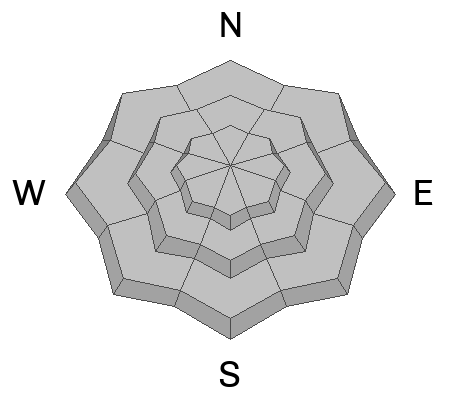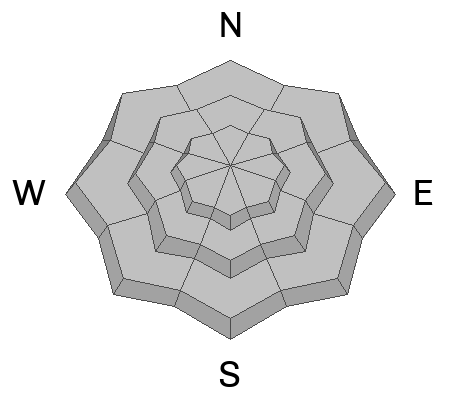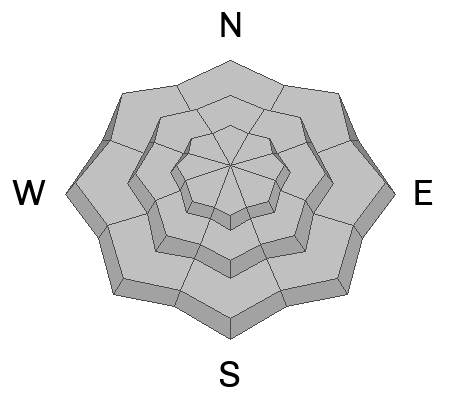Forecast for the Salt Lake Area Mountains

Issued by Drew Hardesty on
Friday morning, May 2, 2025
Friday morning, May 2, 2025
Thank you for a great season!
Regular avalanche forecasts have ended.
You can submit observations and avalanches HERE, and check out the most recent observations and avalanches HERE.
During the spring, there are typically three different avalanche problems:
- Wet Snow: Wet loose avalanches, wet slab avalanches, roof slides, and glide avalanches
- New Snow: New storm snow instabilities; soft slab avalanches and loose dry avalanches
- Wind Drifted Snow: Wind slabs; soft or hard drifts of wind-blown snow
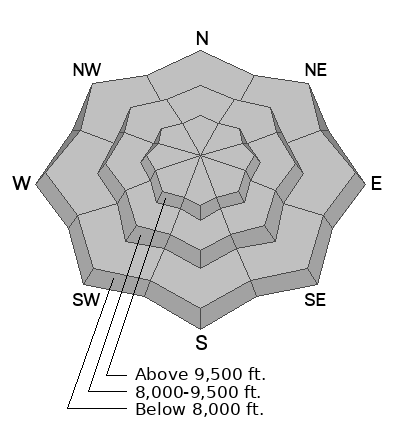
Low
Moderate
Considerable
High
Extreme
Learn how to read the forecast here



